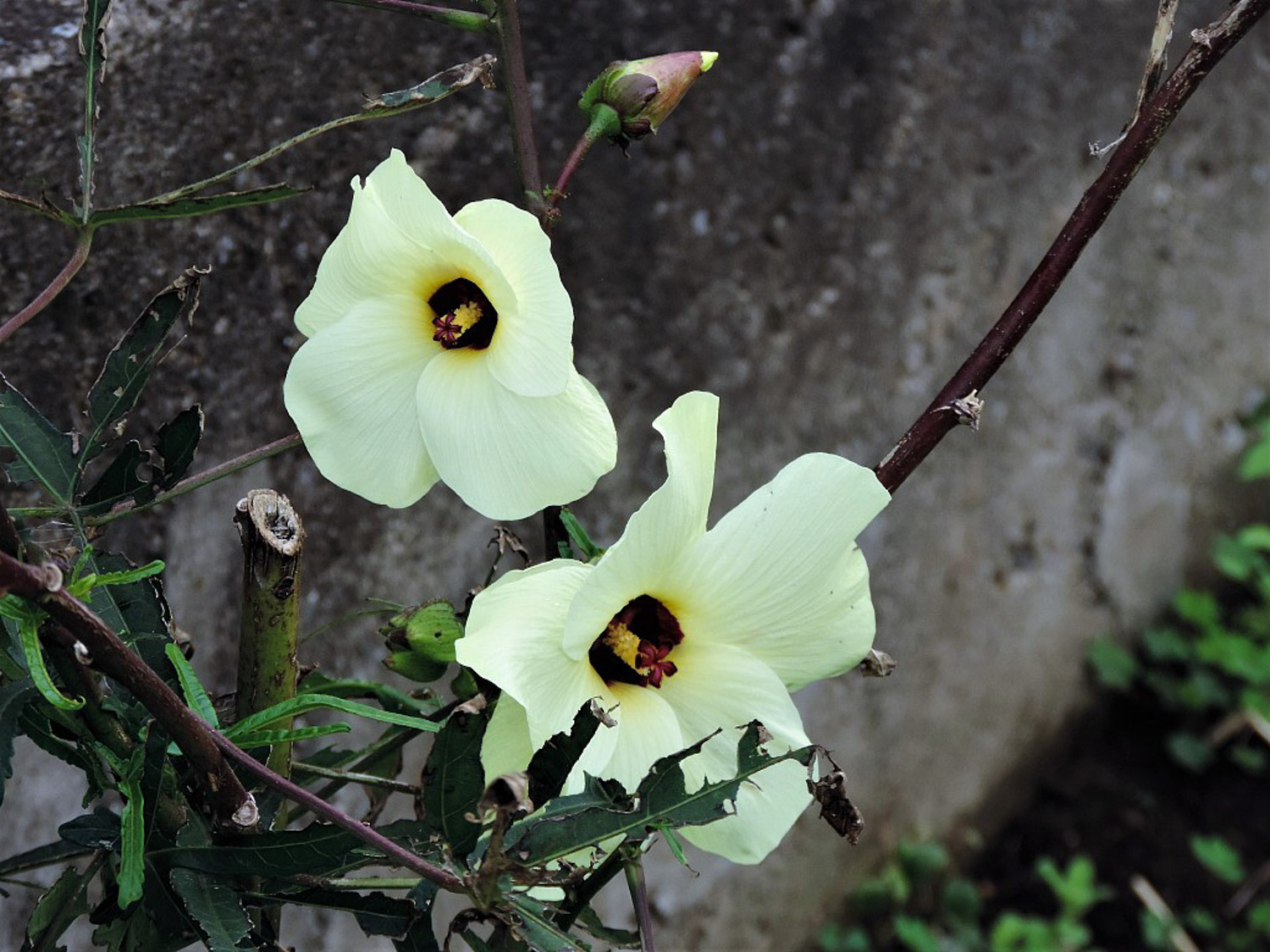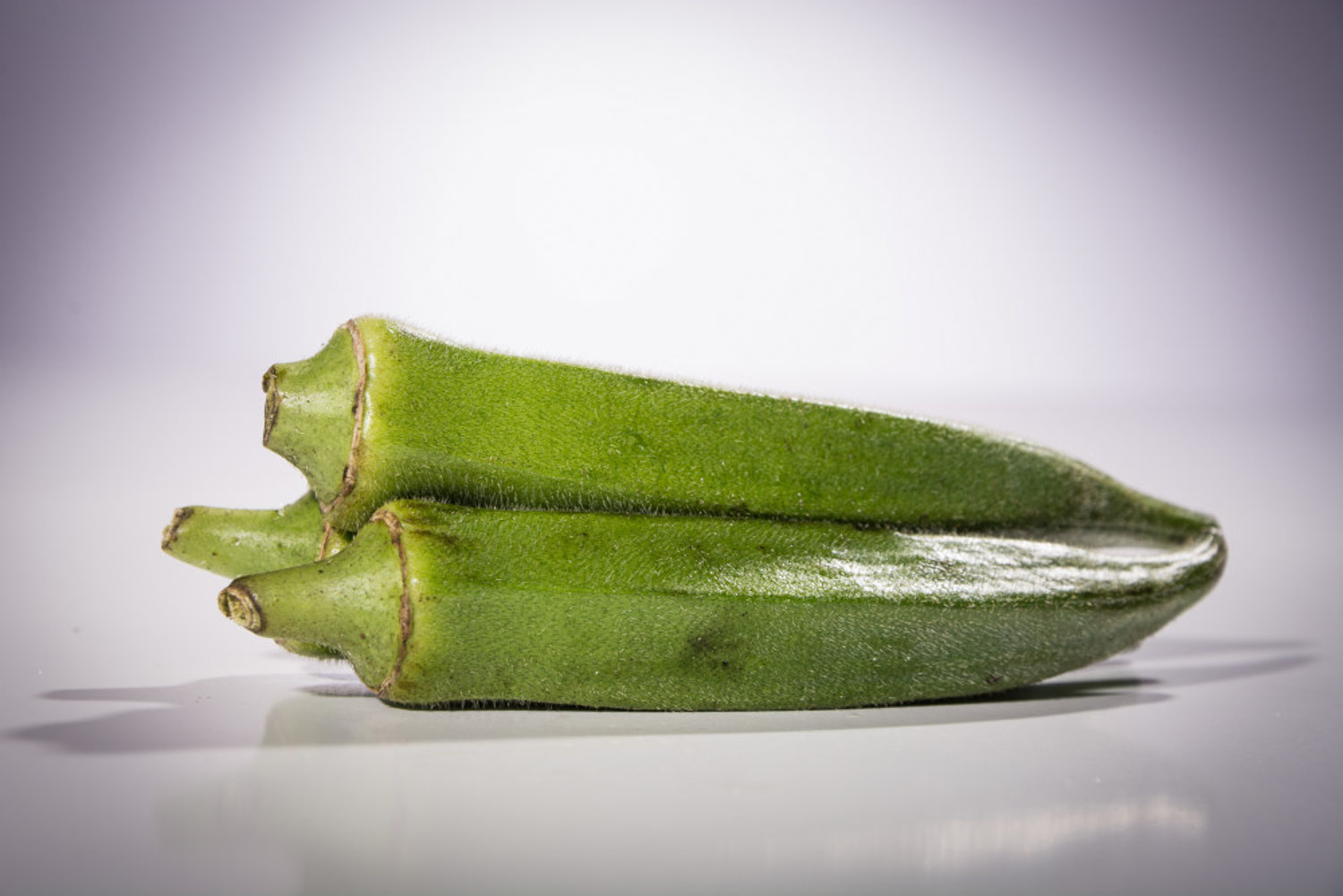1、 Planting time
Okra planting is generally carried out in spring, when the temperature is not high or low, which is helpful for the rooting and germination of seeds and the growth of seedlings. If sown in summer, strong light and high temperature will inhibit the development of seedlings and may also kill them in the sun. If sown in autumn, the growth time is short, which will affect the harvest. The temperature in winter is too low for seeds to grow

2、 Seed selection and germination
Select the seeds with large and full particles and soak them in water for 12 hours. After taking it out, wrap it with a wet cloth and put it in the environment of 25-30 ℃ for germination. Rinse with clean water every day. Generally, most seeds germinate after 3-4 days

3、 Land preparation and fertilization
The ground needs to be prepared before sowing. Although okra has strong adaptability, it grows better in loose and fertile soil. The soil shall be leveled first, and then the base fertilizer shall be applied. The fertilizer is generally rotten farm fertilizer, 5000 kg per mu, and a little compound fertilizer shall be prepared. After the base fertilizer is applied, the furrow needs to be opened to prepare for sowing

4、 Seeding and seedling raising
Before sowing okra, water it properly to make the soil moist. Then sow the seeds, and put 3-4 seeds in each hole. After sowing, it is necessary to cover 2 cm of soil and keep the temperature at about 25 ℃. Seedlings can emerge in 4-5 days and can be planted in a month
5、 Subsequent maintenance
When okra comes out, weeding and thinning are required. Two plants should be kept in each hole. Small and weak seedlings need to be removed and properly topdressed. Urea is mostly used as fertilizer, and 6-7 kg should be applied each time. In order to avoid plant lodging, scaffolds can be installed and old leaves can be removed in time to facilitate daylighting and ventilation

 how many times do yo...
how many times do yo... how many planted tre...
how many planted tre... how many pine trees ...
how many pine trees ... how many pecan trees...
how many pecan trees... how many plants comp...
how many plants comp... how many plants can ...
how many plants can ... how many plants and ...
how many plants and ... how many pepper plan...
how many pepper plan...































